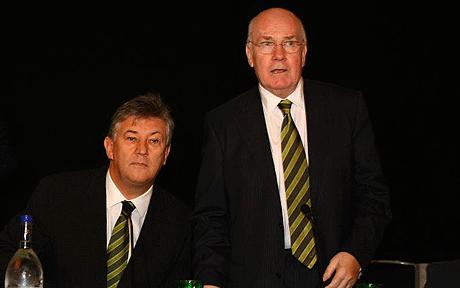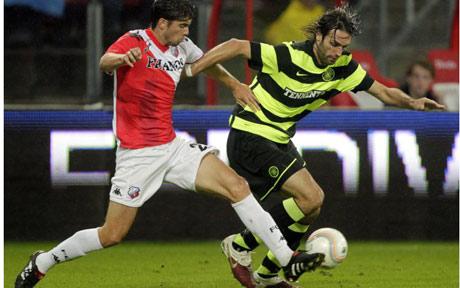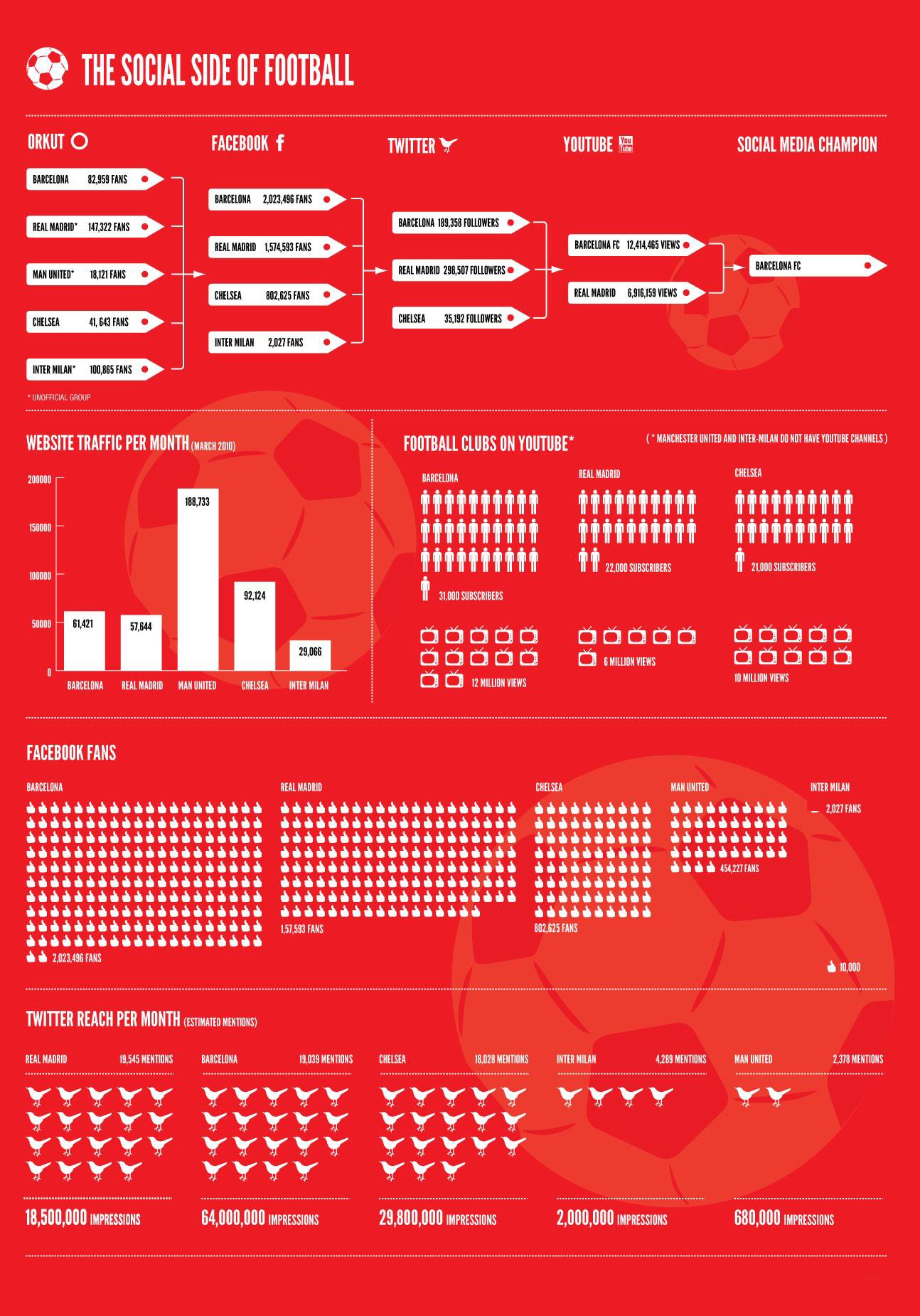This strategy has been criticised by some supporters but often this has been through a confusion of where responsibility lies for week to week footballing success.
The last couple of seasons have been disappointing on the park but Celtic still remain in a position of financial strength which has seen successive managers being allowed to bring in a high volume of new players.
We can recall just how extensive Gordon Strachan’s transfer dealings were as he built up a squad which was reaching american football proportions in terms of quantity. Subsequently first Mowbray with 18 additions and latterly Lennon with a dozen new faces to date demonstrates that long term financial prudence forms the basis for ongoing changes to the squad as each transfer window opens.
The good thing is that Celtic go into each transfer window with a budget, with options to consider and usually by the time the window is closing new faces have been paraded at Parkhead.
In a wider context the transfer windows have become increasingly stagnant as clubs across europe and particularly in England face the harsh wider economic realities as they struggle to manage their own considerable debt levels. The foreign sugar daddy’s only act to disguise the debt mountain.
While some have accused Celtic of a ‘just enough’ spending and signing policy which supposedly attempts to just keep Celtic one step ahead of their rivals at Ibrox there is more than enough evidence in Celtic’s pattern of spending to see that there is year on year investment which can even facilitate quite radical overhauls of the playing squad within one window without seeing borrowings spiral upwards.
Since the slow lane accusations were first muted around the time of Gordon Strachan’s arrival in 2005 Celtic have signed or loaned a total of around 70 new players. That is a staggering amount and a testament to a sound financial strategy at Celtic.





